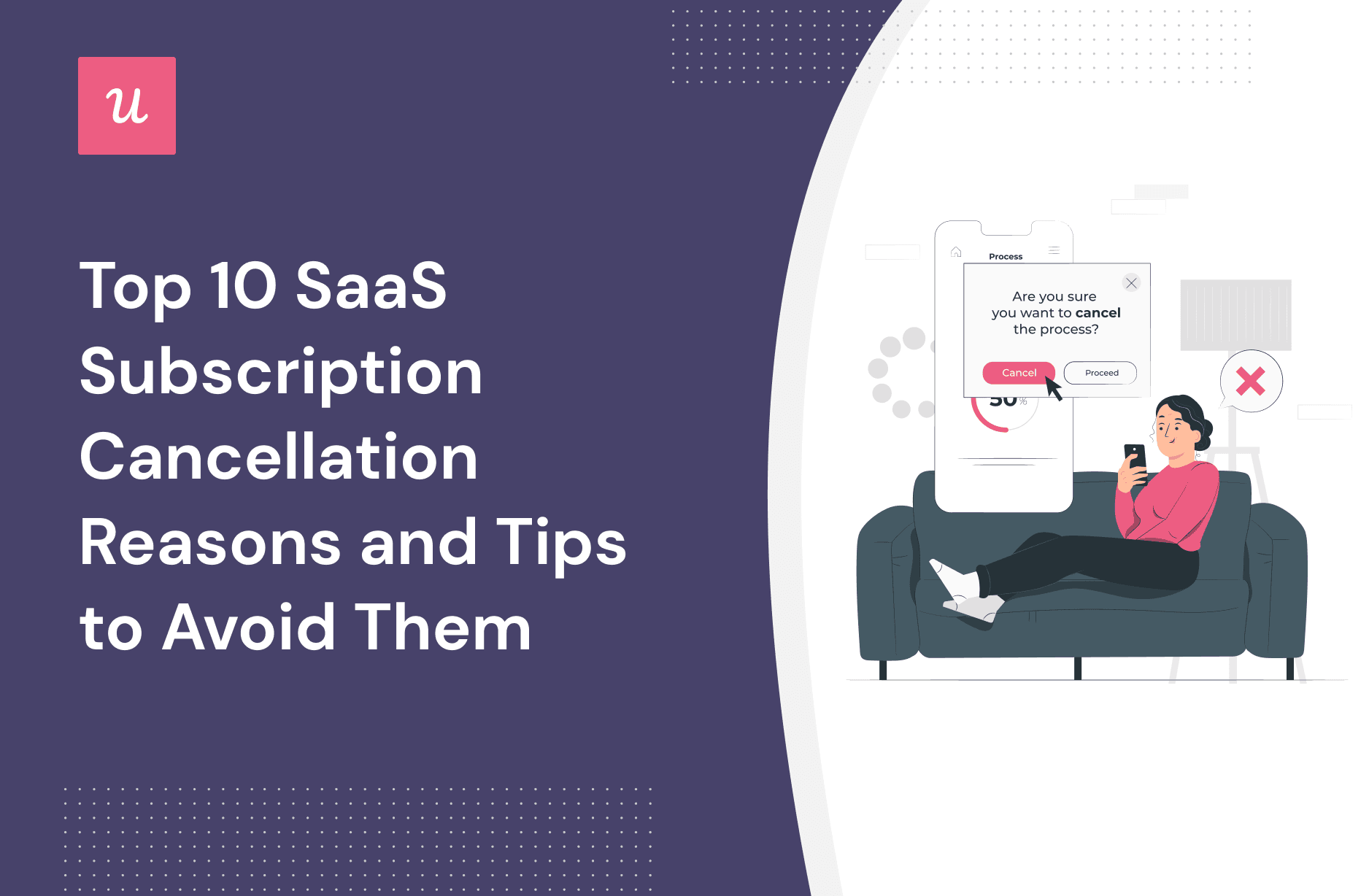
Top 10 SaaS Subscription Cancellation Reasons and Tips to Avoid Them
Churn happens even to the most successful SaaS companies. But why? And what are the most concerning cancellation reasons you could avoid?
Your job is to reduce churn as much as possible. That’s why we have ten reasons why your users are canceling their subscriptions and what you can do to mitigate them and drive long-term customer retention.
Try Userpilot Now
See Why 1,000+ Teams Choose Userpilot

What is a cancellation in SaaS and why should you care?
In SaaS, cancellation (also referred to as “churn”) is when a customer stops using your product and then cancels their subscription.
Managing churn is essential for any subscription-based business as most revenue in such companies comes from customers after the initial conversion. In addition, retaining customers is way less expensive than acquiring them.
If you don’t pay attention to your churn rates, then you’re running the risk of getting more cancellations than you should—without even knowing it.
10 Cancellation reasons for SaaS customers and how to stop them
Customers cancel for a multitude of reasons and sometimes there is nothing you can do to stop them. However, in many instances, you are probably making one of the most common mistakes and losing customers over something that could be easily fixed.
Let’s cover each of them and see what you can do about them.
Bad product-customer fit
Churn happens when there’s no customer fit. And that’s ok. Your business can’t satisfy everyone.
But if your business is attracting too many bad-fit customers, there’s a chance you’re doing something wrong. You are either overpromising and trying to lure in as many paying customers as possible or you simply don’t know who your ideal buyer persona is.
As a result, your marketing messaging is not clear and targeted, so people sign up without fully understanding your solution, under the impression it can help them achieve their business objectives.
Perform extensive research and update your user personas
To avoid this issue, you must have a very good understanding of who your customers are and what problem they are trying to solve.
Start with customer research. There are different methods such as surveys, interviews, focus groups, user testing, etc. to get insights into your customer needs and expectations.
The next step is categorizing the collected customer data and creating detailed user personas of your product. Once this is done, you can adjust your marketing messaging to resonate with them – speak their language, address their specific pain points, and jobs to be done.
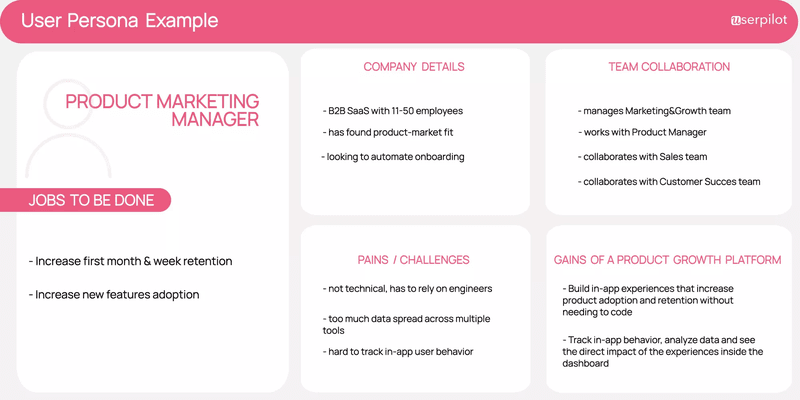
Implementation or configuration issues
Some products require a more complex setup, integrations, data migrations, or additional tools to be successfully installed.
And when that’s the case, your users might get frustrated and cancel early without getting a chance to use your product as intended.
Now, there’re practices to avoid this type of churn altogether.
Offer live demos or webinars for initial setup
If your product is complex and requires specialized knowledge to set up, you’ll need to take a more white-glove approach to onboarding.
For this, you can trigger an in-app invitation to book a one-on-one meeting or live demo with a customer success team member to hand-hold customers throughout their first steps.
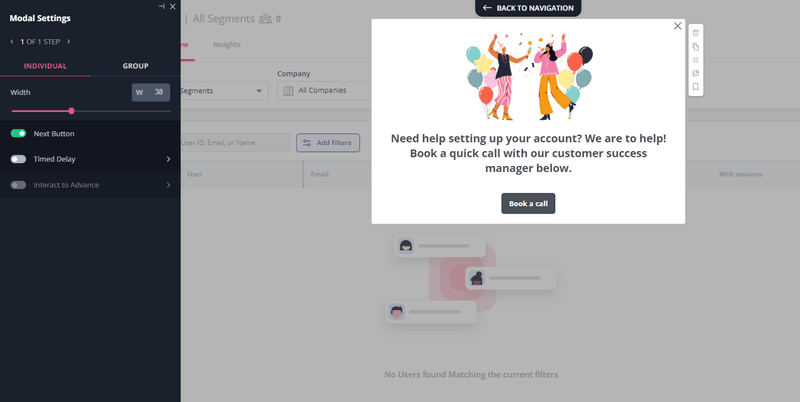
Poor primary onboarding experience
We can’t stress enough how important it is to design a smooth onboarding experience.
Primary onboarding is the first touchpoint of your customer journey and as we all know, first impressions count.
You want to WoW a customer, ensure them they made the right choice, and demonstrate how your product helps them to achieve their specific goals and brings them value. And that needs to happen fast as people are as impatient as ever and not getting the validation they are looking for after a few interactions will send them running for the hills.
Yet many companies settle for generic product tours that walk users through every single feature on your user interface without actually helping them to learn or do anything.
And a poor onboarding process like that will instantly kill users’ interest—thus, they’ll fail to realize the value of the product and churn.
Drive customers to success with personalized interactive walkthroughs
If you want to implement an onboarding process that retains users, start by segmenting your customers based on their job-to-be-done and use cases using a welcome survey (like in the image below).
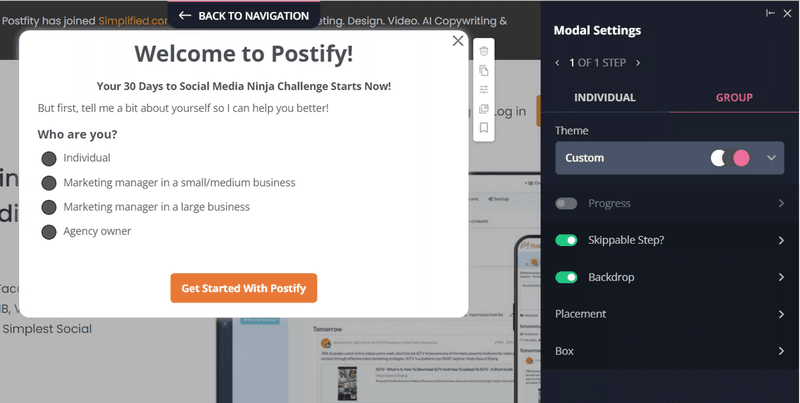
Why? So you can trigger personalized onboarding flows such as interactive walkthroughs showcasing only the features that are relevant to your user’s goals.
As opposed to linear product tours, interactive guides onboard users contextually. They react to user behavior in real-time and offer guidance when and where the user needs it.
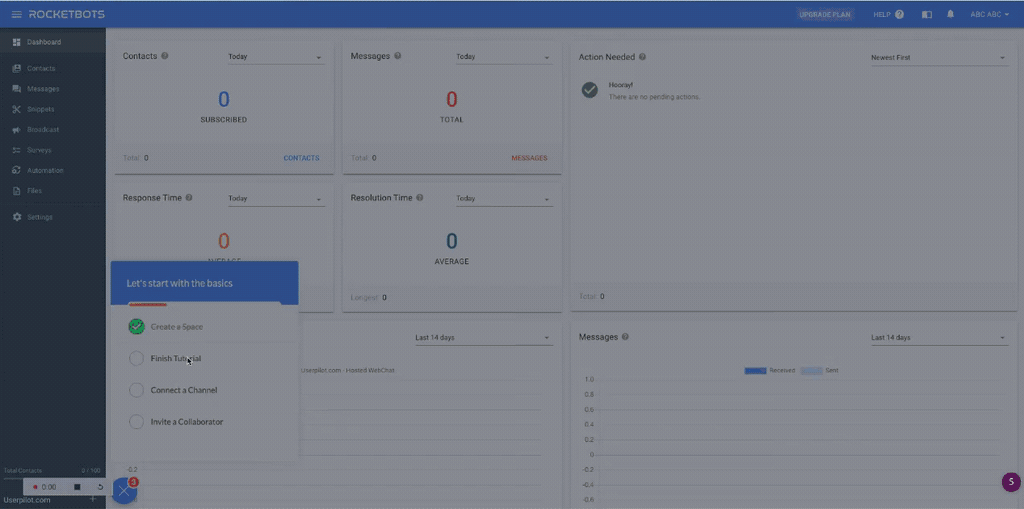
With native mobile SDK, you can create targeted onboarding flows using slideouts, carousels, and push notifications.
No ongoing value realization
One common mistake is to stop providing value to the user after the initial onboarding.
As a result, users won’t get a chance to leverage the full potential of your product and get sub-par performance—making them likely to churn after a while.
Help users discover advanced features with in-app prompts
To successfully retain users for the longest time, you must help them discover advanced features and get even more value once they have learned the basics.
One way to do this is by triggering in-app prompts in a contextual way. For example, showing tooltips to introduce a secondary feature that’s relevant to the user’s JTBD.
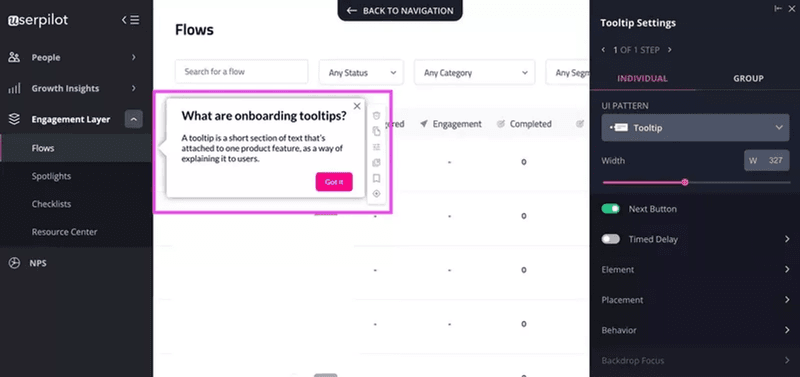
Bad customer service
The best way to repel customers is to have unresponsive customer service, which takes days to resolve issues and doesn’t care about the customer at all.
Any bad experience during support will kill your customer relationship and inevitably lead to more churn.
Create an in-app knowledge base to enable self-service
The best way to help customers is by allowing them to help themselves with self-service support.
In short, create and expand an in-app knowledge base so users don’t have to leave your app to find helpful support resources such as video tutorials, articles, webinar recordings, etc.—improving their product experience.
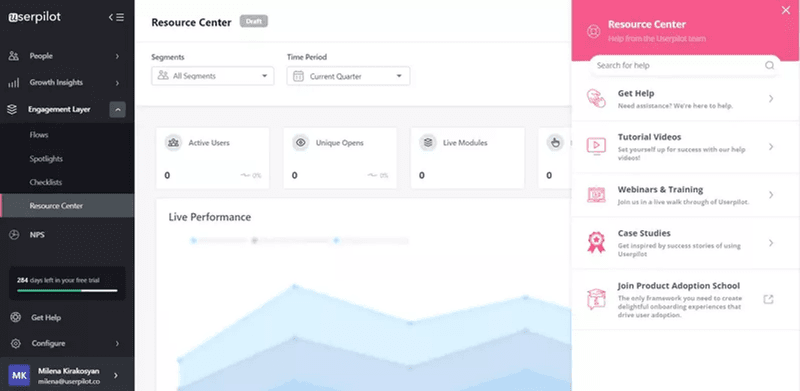
Your customers’ payment methods fail
Sometimes, customers can’t keep using your service for other reasons outside their control.
It happens mostly due to payment processing issues, such as expired credit cards, forgetting to do manual subscription renewals, and so on.
Minimize involuntary churn with payment reminders and grace periods
One way to prevent involuntary churn is to trigger a payment reminder when close to their end date or a failed payment notification if the subscription renewal date is closed.
You can also use in-app messaging through banners or push notifications in-app or on mobile to let your users know that they need to check on their payment method. You can give them grace periods where you allow them to use some functionalities of the app while reminding them they need to pay to access the rest of it.
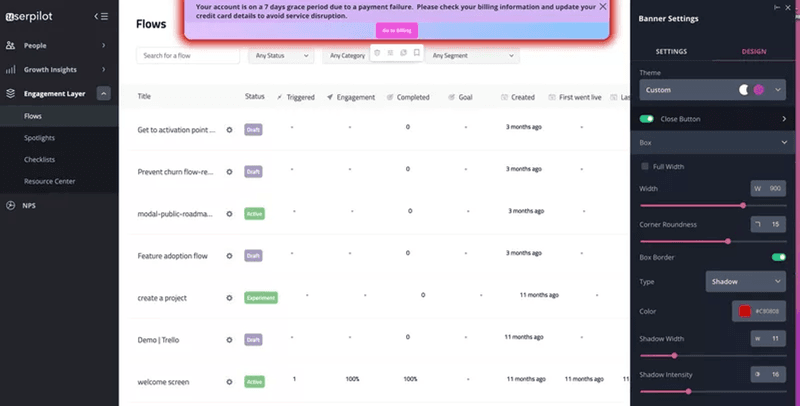
Unaddressed product bugs
Bugs prevent users from utilizing your product as intended. Depending on how severe it is, major bugs can make your product annoying to use or even unusable.
Now we know that even the most customer-centric companies may run the risk of having glitches after a product update. And customers know that too, they don’t judge you severely for it.
This only becomes a problem if you fail to resolve issues in a timely and responsive manner, further disrupting your customers’ workflows and making customers think that you simply don’t care about their experience. So how do you avoid this?
Allow customers to submit bug reports and act on them ASAP
Solving the bugs themselves might not be part of your job. But you can actually help to identify them if you include a bug report widget in your knowledge base (like the image below).
This way, users can report bugs so your dev team can fix them ASAP, which will actually leave a good impression on your customers.
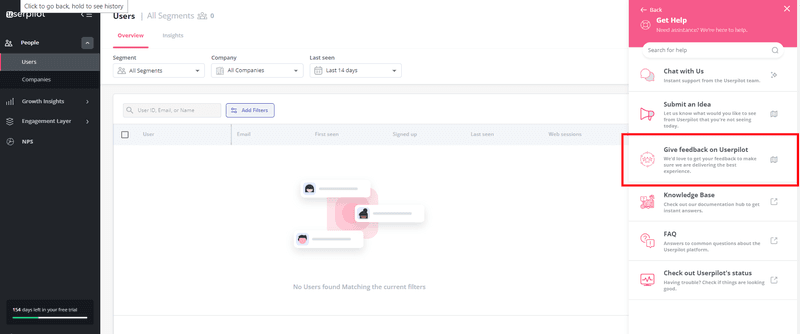
Missing critical features and functionalities
SaaS is a very competitive industry. And having a complete repertoire of features is indispensable to stand out as a product.
If your product doesn’t meet customers’ expectations and doesn’t fulfill their needs, then your users are very likely to switch to a competitor that does.
Collect feature requests from customers and implement them if needed
But how can you establish which features are necessary to implement? Well, try adding an in-app feature request survey.
With this, you can listen directly to your customer’s needs instead of having to check on your competitors.
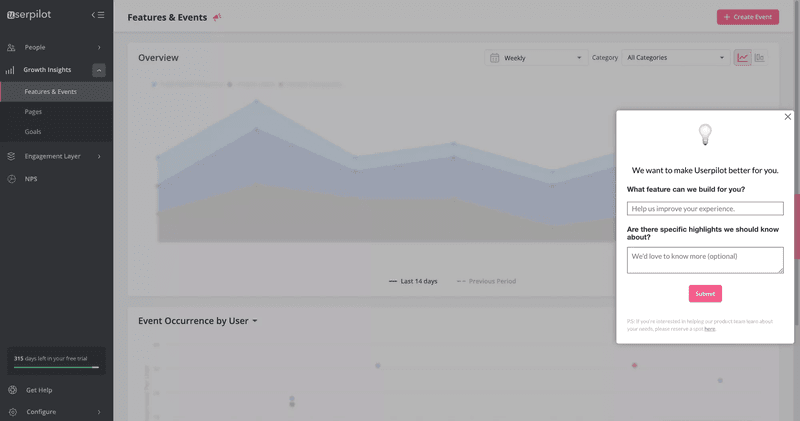
Another way is to make a public roadmap and allow users to comment, discuss specific ideas, and share their requests. Just like Buffer’s roadmap made on Trello:
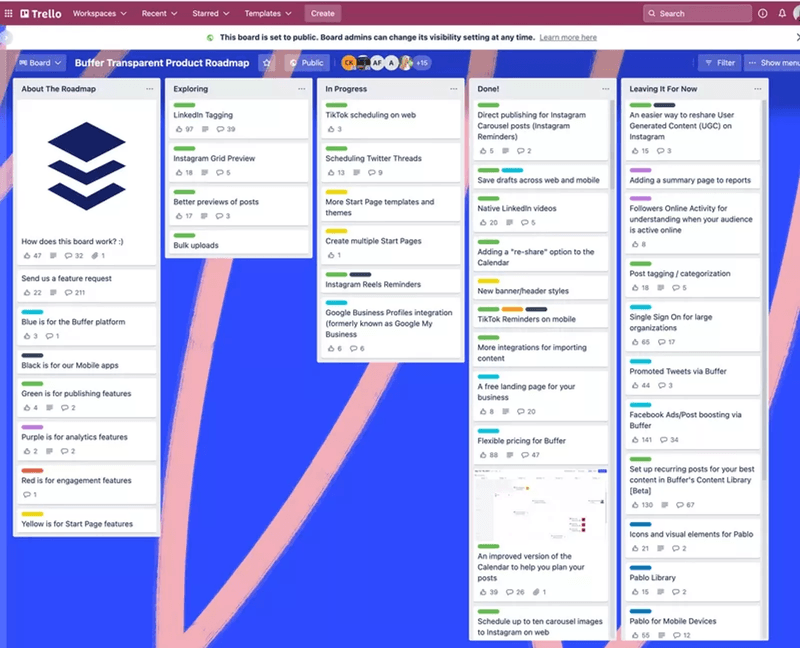
Beware and don’t fall into the feature fallacy trap by implementing every single request. First, you must make sure that the suggestions are coming from good-fit customers. If not, then you’ll find yourself spending money on building a product that no one needs.
Too many features in your product
The opposite can also hurt churn rates.
Let’s say you implemented all feature requests, copied all competitor products, and even built your own stuff.
Now you’re on a feature bloat. Your product is getting slower and clunkier, your UI is cluttered, and too many functions make it unnecessarily complicated for users to do their job.
When this happens, guess what? Your users will switch to a competitor who understands their specific needs.
Track product usage to identify features that aren’t being used
If you’re finding yourself in a feature-bloating situation, start tracking feature engagement with any user engagement tool.
While monitoring product usage, identify unused features and sunset them if you find out that they don’t bring any value to your good-fit customers.
Once your product feels more oriented to fulfill your customer’s needs, you’ll inevitably reduce churn.
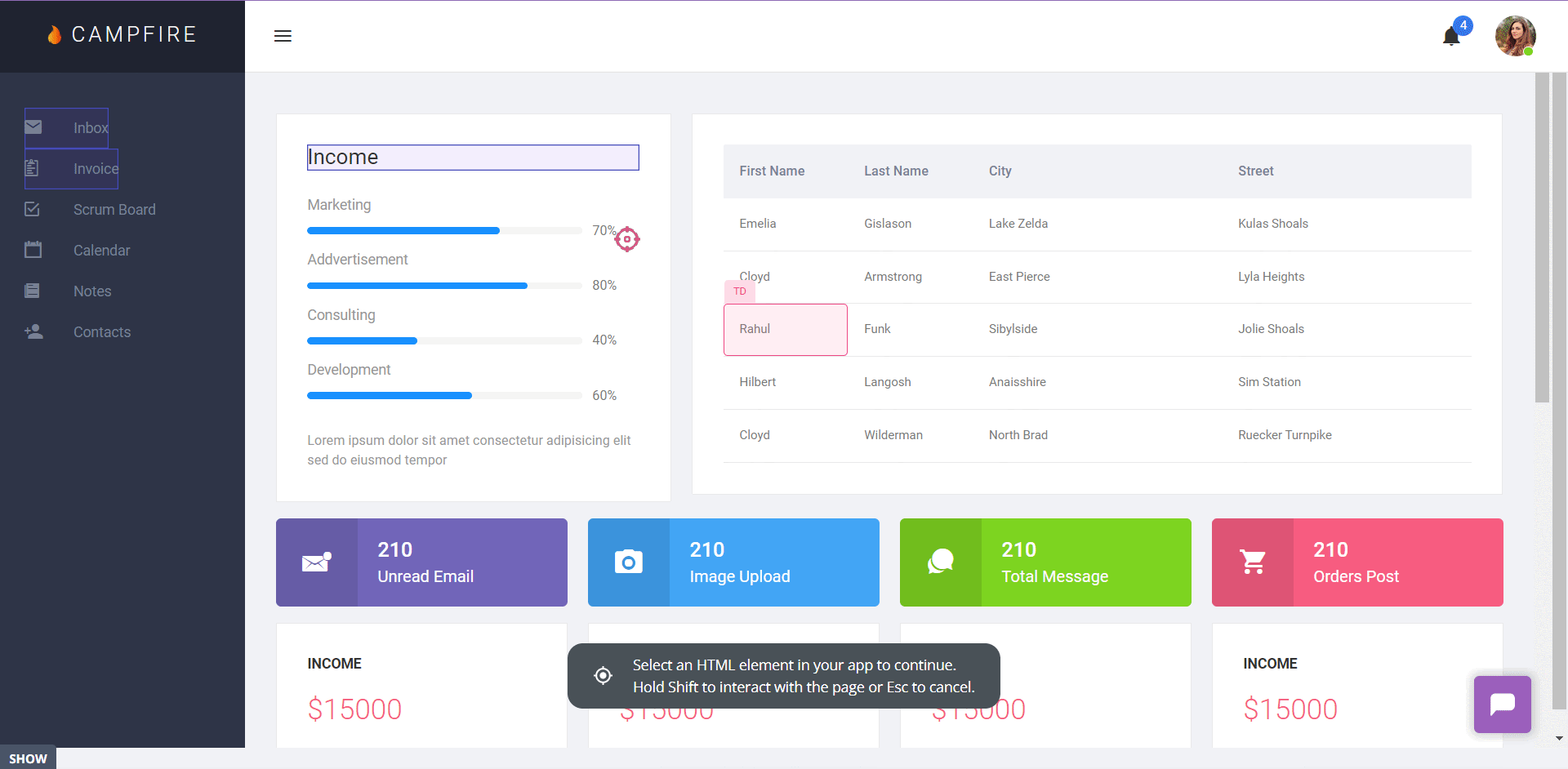
Weak customer relationships
Many companies focus too much on building the “best” product instead of building customer relationships.
This is problematic because the market is saturated with many similar products, and with no emotional connection, your customers will not hesitate to replace your product if a slightly better option shows up.
If there’s no customer intimacy, trust, or loyalty, your customers are not “yours.”
Leverage NPS data to drive customer loyalty
The best way to start building customer loyalty is to run regular NPS surveys and segment customers based on their scores.
This way, you can craft personalized strategies for promoters, detractors, and neutrals in order to improve your relationship with them.
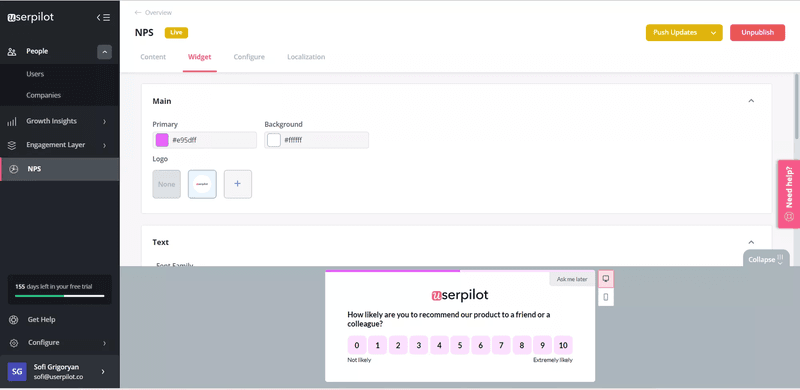
For example, you can reach out to detractors and offer personal help if they need it. It might become an opportunity to convert a detractor into a promoter.
As for promoters, you can show your gratitude with kind messages and rewards.
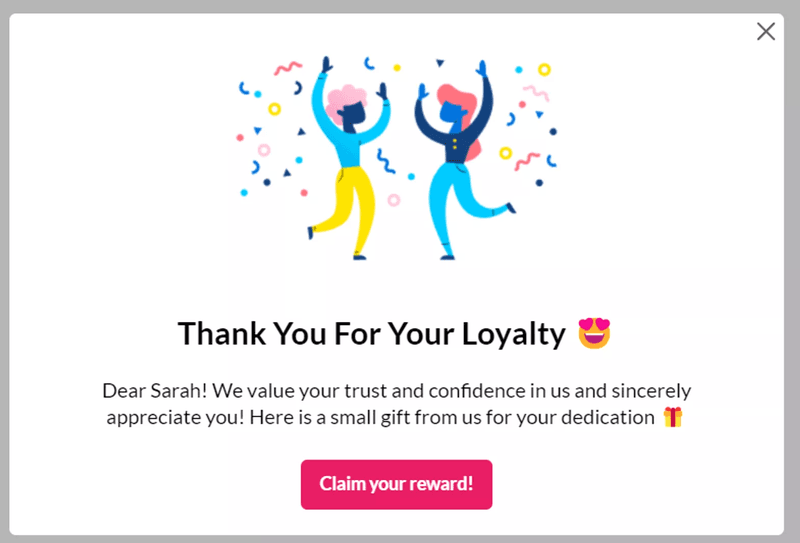
Wrapping up
Although churn is not a good sign and should be avoided, it’s also not the end of the world.
Especially if the cancellation reasons are legitimate, such as bad-fit customers coming across your product by chance.
Thankfully, we covered the most concerning causes of undesired churn and the strategies to solve them.
So if you want to avoid churn to retain users and boost product growth, why not get a Userpilot Demo and see how you can improve your customer relationships?







